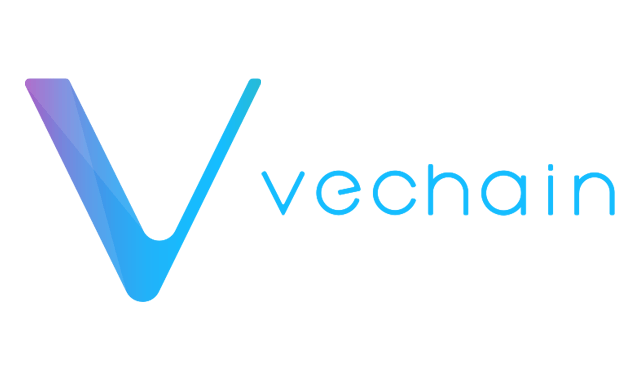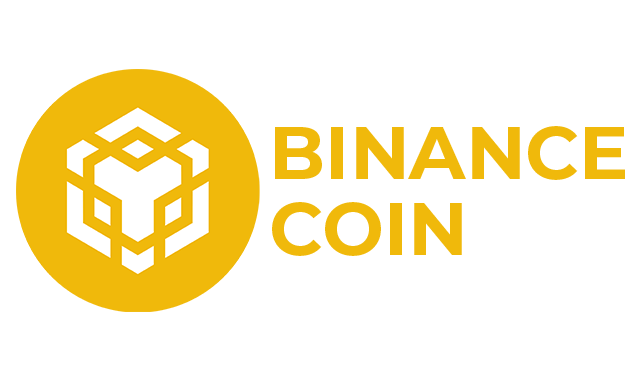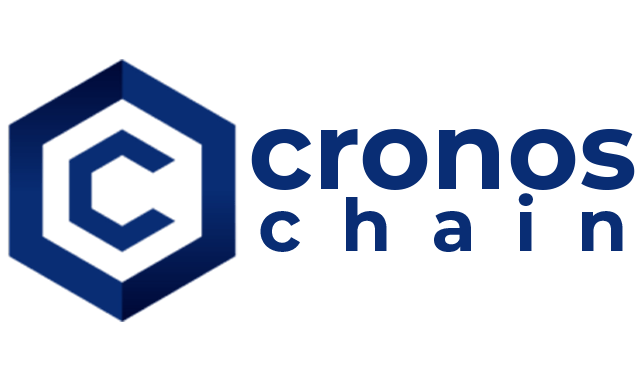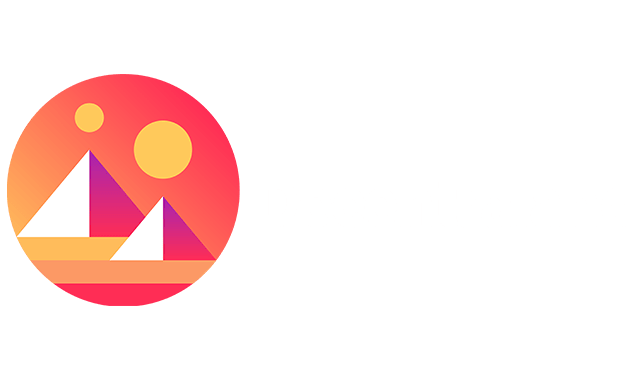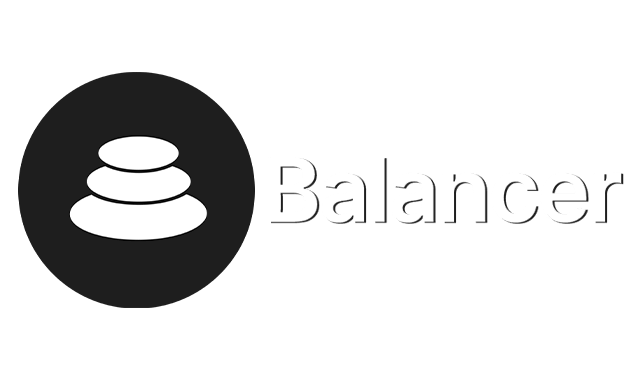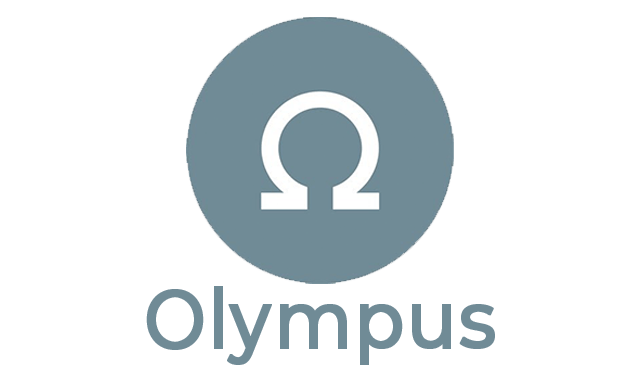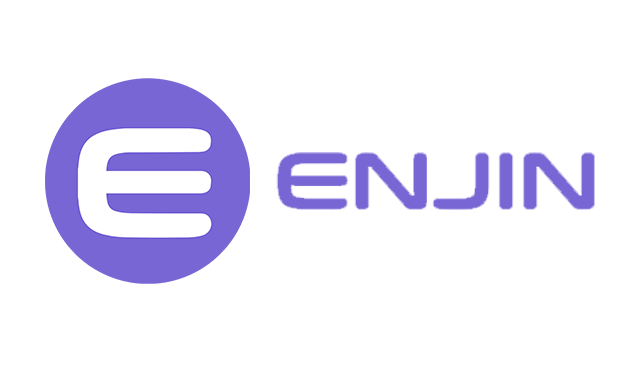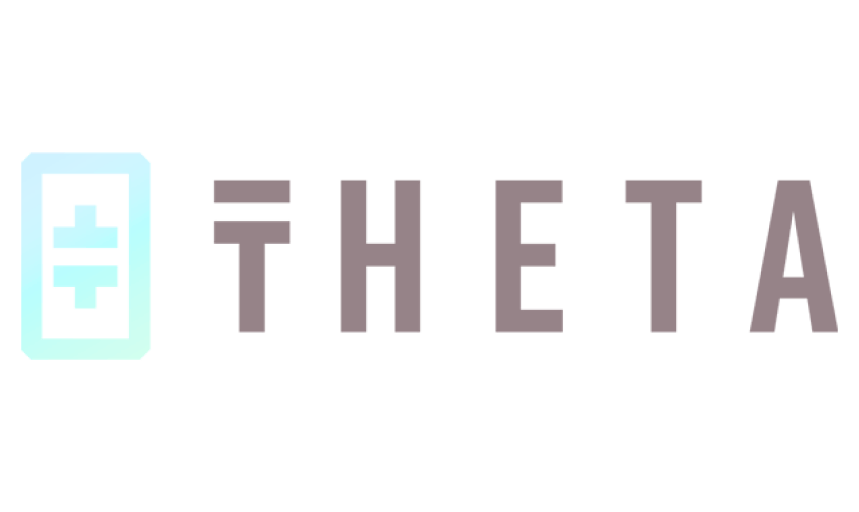The Power of Foundational Blockchain Technology!
Discover the bedrock of innovation. Explore Layer 1 blockchain solutions, shaping the future of crypto and beyond.

Solona
Solana is an open-source blockchain that provides an enterprise-level solution for data security. It uses innovative technology, like advanced cryptography and distributed tech infrastructure, to protect users’ data and ensure its safety against potential cyber threats.
Solona combines all aspects of an open-source system, such as malware protection, privacy protections, authentication technologies, data governance protocols, and more, into one comprehensive package. The aim is to provide a secure and easy-to-use platform to store your SOL digital assets in the most secure manner possible.
In this article, we will dive deeper into Solana’s technology’s technical aspects, its various features, how it can be implemented by organizations for maximum security, and the latest news on SOL’s Price.
What is Solana?
Solana (SOL) is a cryptocurrency and cryptographic ledger platform designed for fast, secure, and trustless processing of transactions and smart contracts.
Solana has a consensus mechanism called Proof-of-History (PoH), designed to enhance transaction processing efficiency by pre-sorting them before adding them to the cryptographic ledger platform. This allows Solana to achieve a high throughput of up to 65,000 transactions per second (TPS), significantly faster than most other cryptographic ledger platforms.
The SOL is the native currency on Solana’s blockchain and Sol is used to pay for transaction fees and incentivize network validators. SOL has seen significant price appreciation since its launch. It is now one of the top 10 largest cryptos by market capitalization.
The Solana ecosystem also includes a range of decentralized applications (dApps), including decentralized exchanges, Non-Fungible Tokens (NFT) marketplaces, and social media platforms, which leverage the platform’s high performance and low transaction fees.
How does Solana work?
Solana uses a unique combination of technologies to achieve its high performance. It employs a PoS consensus mechanism, which allows for fast transaction processing times and low fees. Solana PoS system also utilizes a reputation-based mechanism, which rewards validators based on their history of accurate block validation.
In addition to its PoS mechanism, Solana had a technology called “Tower BFT” (Byzantine Fault Tolerance) to maintain network security. This technology enables the network to continue functioning even if some nodes are malicious or fail to respond.
Solana architecture also includes a feature called “Sealevel,” which means that Solana has a parallelized transaction processing system. Sealevel allows Solana to process multiple transactions simultaneously, significantly increasing the network’s transaction throughput.
Another important technology Solana utilizes is “Gulf Stream,” a feature that enables the network to process incoming transactions while waiting for previous transactions to be confirmed. This eliminates the need for transaction batching, reducing transaction latency and improving the user experience.
Finally, Solana employs a programming language called “Rust,” known for its speed and reliability. This enables developers to create high-performance dApps running on the Solana network.
The Technology Behind Solana
Solana protocol is designed to support dApps and facilitate fast, secure, and inexpensive transactions. The technology behind Solana is based on a unique consensus mechanism known as Proof-of-History (PoH), which enables the network to achieve high throughput and low latency.
Proof of History
Proof of History is a novel approach to achieving a secure and verifiable timestamping system. The core idea behind Proof-of-History is to use a cryptographic function to generate a historical record of all the events on the Solana network. This record establishes a linear timeline of events, which can be used to verify the order of transactions and prevent double-spending.
Tower BFT Consensus Algorithm
In addition to Proof of History, Solana has a consensus algorithm called Tower BFT to ensure that all nodes on the network agree on the order of transactions. Tower BFT is a variation of the Practical Byzantine Fault Tolerance (PBFT) consensus algorithm, widely used in other blockchain protocols such as Hyperledger Fabric. Tower BFT is designed to work in conjunction with Proof of History to achieve high throughput and low latency.
GPU Optimization
Solana is designed to use graphics processing units (GPUs) to achieve faster transaction processing times. By leveraging the parallel processing capabilities of GPUs, Solana can process transactions in parallel and achieve much higher transaction throughput than other DLT protocols that rely on traditional CPUs.
Transaction Pipelining
Finally, Solana utilizes transaction pipelining to increase transaction throughput further. Transaction pipelining is a process by which transactions are broken down into smaller sub-tasks and processed in parallel by different nodes on the network. This allows Solana to achieve even higher transaction throughput and reduce latency.
What Makes Solana Unique?
Here are a few things that make Solana unique:
- Speed and Scalability: Solana is known for its speed and scalability, thanks to its unique consensus mechanism, Proof of History (PoH). PoH enables the Solana network to handle more than 65,000 TPS, significantly higher than other DLT networks like Ethereum and Bitcoin.
- Low Transaction Fees: Solana transaction fees are lower than other popular blockchain platforms. This makes it more affordable for developers and users to interact with the network, attracting more users and increasing adoption.
- High Level of Decentralization: Solana is designed to be highly autonomous, with many nodes (validators) distributed globally. This means that no single entity controls the network, making it more secure and resistant to attacks.
- Robust Ecosystem: Solana has a growing ecosystem of dApps and protocols, including decentralized exchanges (DEXs), lending protocols, gaming platforms, and more. This ecosystem provides a variety of use cases for the platform, making it more attractive to developers and users alike.
- Interoperability: Solana is designed to be interoperable with other blockchain platforms. This means developers can build applications interacting with other blockchains, enabling cross-chain functionality and greater flexibility.
Community and partnerships of Solana
The Solana ecosystem includes a diverse range of community and partnership initiatives to drive the platform’s growth and adoption.
Here are some of the key community and partnership initiatives of Solana:
- Solana Foundation: The Solana Foundation is a non-profit organization supporting the Solana blockchain’s development and adoption. It provides funding, grants, and other resources to developers and projects building on the Solana platform.
- Solana Community: The Solana community comprises developers, entrepreneurs, investors, and enthusiasts passionate about the potential of the platform’s blockchain. The community is active on social media platforms like Twitter, Discord, and Reddit, where members share news, insights, and updates about the platform.
- Solana Accelerators: The Solana Accelerators program is a series of global hackathons and events promoting innovation on the platform’s blockchain. In addition, the program provides developers access to resources, mentoring, and funding to help them build and launch their projects.
- Solana Partnerships: Solana has partnered with various companies and organizations across industries, including Chainlink, Serum, Mango Markets, FTX, and many others. These partnerships are focused on expanding the use cases and adoption of the Solana blockchain in areas like decentralized finance (DeFi), gaming, and more.
- Solana Ecosystem Projects: The platform’s ecosystem includes many projects, and dApps built on the platform, such as SolStarter, SolFarm, Raydium, and more. These blockchain projects provide users with a range of functionalities, from yield farming to NFT marketplaces, and help showcase the blockchain potential of Solana.
Overall, the Solana community and partnerships are crucial to the platform’s growth and adoption. By fostering innovation, building strategic relationships, and supporting developers and entrepreneurs, Solana is well-positioned to become a leading blockchain network in the years to come.
Where to sell or buy Solana (SOL)?
Solana can be bought or sold on various cryptocurrency exchanges. Some popular exchanges that support SOL include:
- Binance
- Gate.io
- DigiFinex
- BTSE
- Coinbase
- Kraken
- Crypto.com Exchange
How can Solana be mined?
Solana uses a Proof-of-Stake (PoS) consensus algorithm instead of the Proof-of-Work (PoW) used by Bitcoin and other cryptocurrencies. Therefore, SOL cannot be mined in the traditional sense. Instead, users can stake their SOL tokens to help validate transactions and maintain the network. In return for staking, users receive rewards in the form of additional Solana tokens.
To participate in staking, you must first acquire a Solana wallet to store, stake, send, receive, and trade your SOL tokens. The acquired Sol cryptocurrency would then be transferred to a staking account. SOL holders can either set up their staking node or delegate their crypto tokens to a third-party validator to validate transactions on their behalf. Validators charge a fee for their services. Users can delegate their crypto tokens to validators with lower fees to maximize their rewards.
Users must also ensure they have the required technical knowledge and hardware capabilities to run a staking node, such as a high-performance computer with a fast and stable internet connection. Alternatively, they can use a cloud-based staking service that provides the necessary infrastructure for locking without requiring users to run their nodes.
How does Solana compare against its competitors?
If you’re interested in Solana and want to invest in SOL tokens, here are the perks of Solana cryptocurrency. First, the Platform has achieved impressive scalable performance, with the ability to process up to 65,000 TPS at peak performance. This is significantly higher than other popular cryptocurrency networks, such as Ethereum and Bitcoin, which can only handle a few dozen TPS.
Another key feature of Solana is its low transaction costs. The network’s consensus algorithm, PoH, is designed to reduce the computational work required to validate transactions, resulting in lower user fees.
Additionally, Solana strongly focuses on developer friendliness, with a range of tools and resources available to help developers build and deploy dApps on the network. This includes support for popular programming languages like Rust and JavaScript and a growing ecosystem of third-party tools and services.
Finally, Solana has established partnerships with several major players in the cryptocurrency space, including USDC, Chainlink, and Serum. These partnerships help increase the visibility and adoption of the Solana network and provide additional use cases and value for SOL coin holders.
The closest competitor of Solana is Ethereum (ETH), currently the dominant platform for dApps. However, Ethereum’s expandability limitations and high gas fees have become increasingly problematic, leading to the emergence of several competing networks. While Ethereum remains the dominant player in the dApp ecosystem, the ability to offer faster and cheaper transactions of Solana could give it an edge in the long run. However, it remains to be seen which network will ultimately come out on top in the rapidly evolving world of DeFi.
One of the most notable competitors to Solana is Polkadot (DOT). This platform aims to create a more interconnected and interoperable ecosystem. Polkadot uses a sharding-based architecture to improve expandability, but it is still in the early stages of development.
Another potential competitor is Binance Smart Chain (BSC), a network developed by the popular cryptocurrency exchange Binance. BSC offers fast and cheap transactions but is criticized for its centralization and lack of security.
Finally, Cardano (ADA) is another blockchain platform often compared to Solana. Cardano uses a unique proof-of-stake mechanism called Ouroboros, designed to be more energy-efficient than other consensus protocols. However, compared to Solana, Cardano’s transaction speed is still relatively slow.
Overall, the innovative approach of Solana to consensus and fast transaction processing makes it a promising competitor. While other platforms have impressive features and capabilities, Solana combines scalable performance, low fees, developer friendliness, and partnerships, making it a strong competitor in the blockchain.
Solana History
Solana (SOL) is a cryptocurrency platform launched in March 2020 by the Solana Foundation, led by Anatoly Yakovenko, who partnered with Greg Fitzgerald. Fitzgerald and Yakovenko were previously colleagues and are former engineers at Qualcomm, Dropbox, and Mesosphere. Solana aims to solve the scalability issues existing blockchain or Digital Ledger Technology (DLT) platforms face; Yakovenko started Solana. Solana was designed to be a fast and scalable crypto network capable of processing thousands of transactions per second (TPS).
The Solana history begins with the launch of its whitepaper in 2017, which proposed a new consensus algorithm called Proof-of-History. Proof-of-History is a cryptographic technique that allows nodes to verify the order and timestamp of transactions without needing a central clock or timestamping authority. This makes the Solana consensus algorithm faster and more scalable than traditional proof-of-work or proof-of-stake (PoS) algorithms.
Solana released a circulating supply of SOL tokens of 489 million sol tokens. In addition, the Solana Labs team raised $20 million in sales in 2018, which helped fund the development of the Solana blockchain. The Solana Mainnet Beta was launched in March 2020. Since then, the platform has seen significant user and developer growth.
In 2021, the Solana team saw a surge in popularity due to its fast transaction speeds and low fees, which made it an attractive alternative to other DLT platforms like Ethereum. As a result, SOL, the native cryptocurrency of Solana, also saw a significant increase in value, reaching an all-time high of over $200 in September 2021.
Solana has also attracted partnerships with major companies and organizations, including Serum, a decentralized exchange built on the Solana blockchain’s platform, and USDC, a stablecoin now available on the Solana platform.
Solana (SOL) Price Statistics and Solana Price History
Solana Price Live
Solana Market Cap
The daily trading volume
What is the all-time high and all-time low for Solana (SOL)?
Related Crypto




